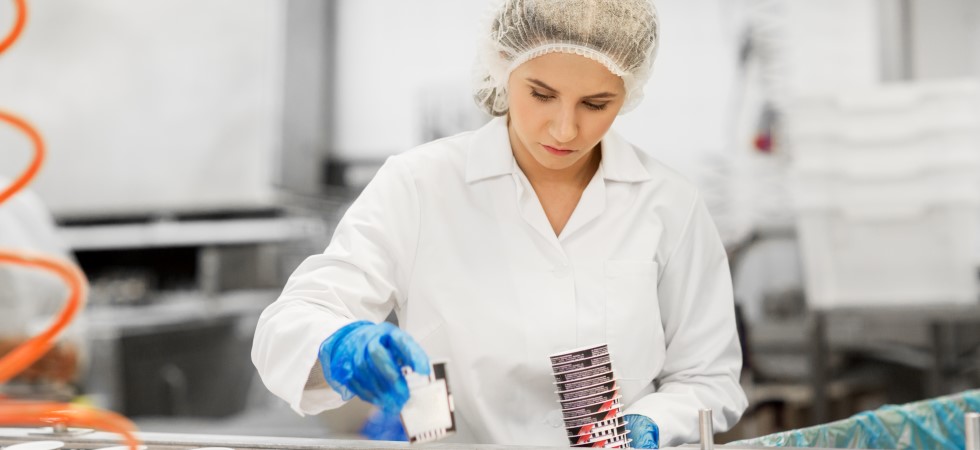The Institute of Grocery Distribution (IGD) highlighted the need for accelerated AI and robotics adoption to combat labour costs and meet future food demands in its latest Economic Viewpoint report.
The report, titled ‘How to respond to rising labour costs in 2025‘, looked at rising labour costs, geopolitical risks, and inflation, stating that these created a “challenging environment” for businesses and consumers alike.
It found that these factors were leading to a “highly volatile and uncertain environment”, impacting both consumer and business confidence and affecting operations across the food system.
Key findings
IGD forecast that retail food prices will rise 3.4% on average compared to 5.2% for away-from-home (AFH) food prices in 2025, fuelled by rising labour costs.
The report detailed that:
- Financial confidence is down sharply, with only 23% expecting to be better off in the next year, the lowest since November 2023
- Over eight in 10 consumers expect rising prices for food, grocery, and dining out
- Retailers are increasingly turning to technology to boost productivity, tackle staffing gaps, and cope with rising labour expenses.
Michael Freedman, head of economic and consumer insight, summarised the report’s findings: “The IGD Economic Viewpoint highlights the multifaceted challenges facing the food industry, from rising labour costs and geopolitical risks to inflation and dipping business and consumer confidence. The report underscores the need for strategic resilience, innovation, and collaboration across the food system.”
Food manufacturing becomes labour efficient
IGD highlighted that the food industry has seen nearly 200,000 fewer people working in food manufacturing since 1980, with the number dropping from 613,750 in 1980 to 415,750 in 2024. Despite a population increase of 13 million people in the UK during this period, food manufacturing has become more labour-efficient, with each worker now serving 167 people compared to 91 in 1980. This quiet evolution has largely gone unnoticed.
April 2025 marked a “critical point”, found IGD, as measures introduced in the Autumn Budget 2024, including the higher National Living Wage and changes to employer National Insurance Contributions, have sharply increased labour costs, particularly for part-time and lower-wage roles. IGD said that with profits already thin, there was no room to absorb these cost increases, and consumers were likely to end up paying more.
Beyond 2025
With the UK population set to grow by 7 million in the next 20 years (76.1 million by 2045 vs. 69.2 million in 2024), the focus must shift, the report stated. The food industry faces two “significant” challenges: dealing with rising labour costs and the need to feed more people.
IGD stated: “Expanding the capacity to produce, process, and distribute food domestically is essential. Shrinking the system won’t sustain future demand. It’s a pivotal moment for long-term strategies in the food sector. The UK food system must grow and improve, not shrink.
“We need to embrace the next wave of technological advancements, particularly in AI and robotics, to meet these challenges. The necessary technology is now available, and the current pressures make this the perfect time to adopt these innovations.”
Opportunities for adaptation
Despite the challenges, said IGD, there are opportunities for the entire food industry to adapt, as retailers increasingly turn to technology to boost productivity, cut costs, and cope with rising labour expenses amidst staffing challenges.
In retail these advancements are “reshaping efficiency and setting new benchmarks”. Beyond daily tasks, technology is transforming inventory management, reducing theft, and unlocking revenue through data monetisation. In a rapidly evolving market, technology provides retailers with the edge they need to adapt and succeed.
Toby Pickard, retail futures senior partner, emphasised the “urgent need” for food businesses to build a better system through automation and innovation: “The food industry is at a critical juncture. By leveraging technology and innovative solutions, we can transform the sector, ensuring sustainability and growth. It’s not just about reducing headcount; it’s about creating a resilient and efficient food system that can weather these challenges and emerge stronger.”









